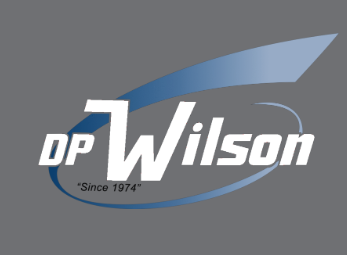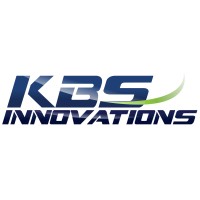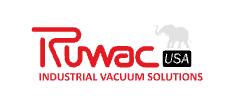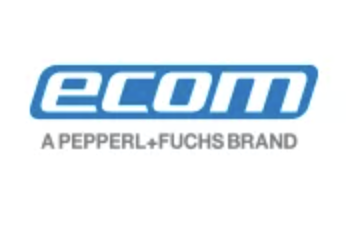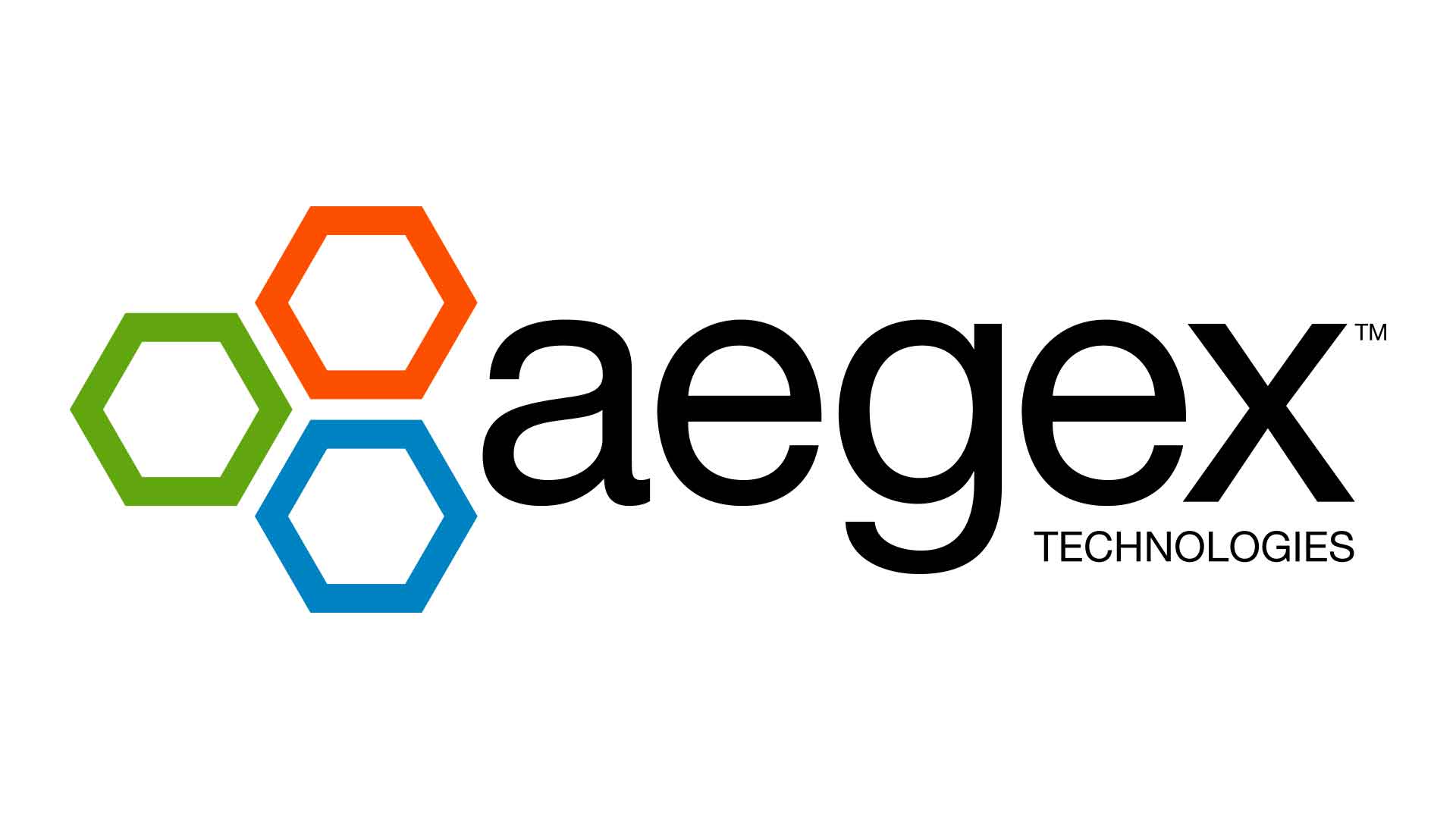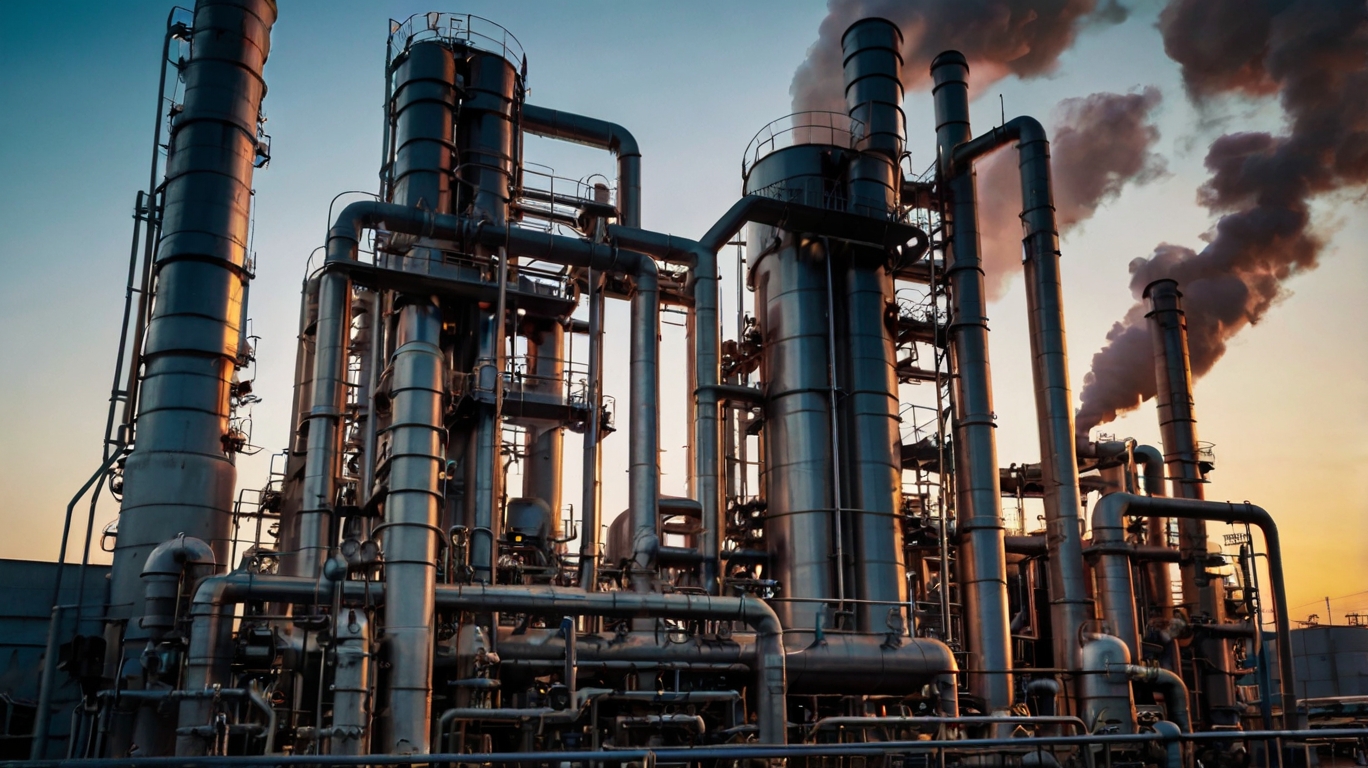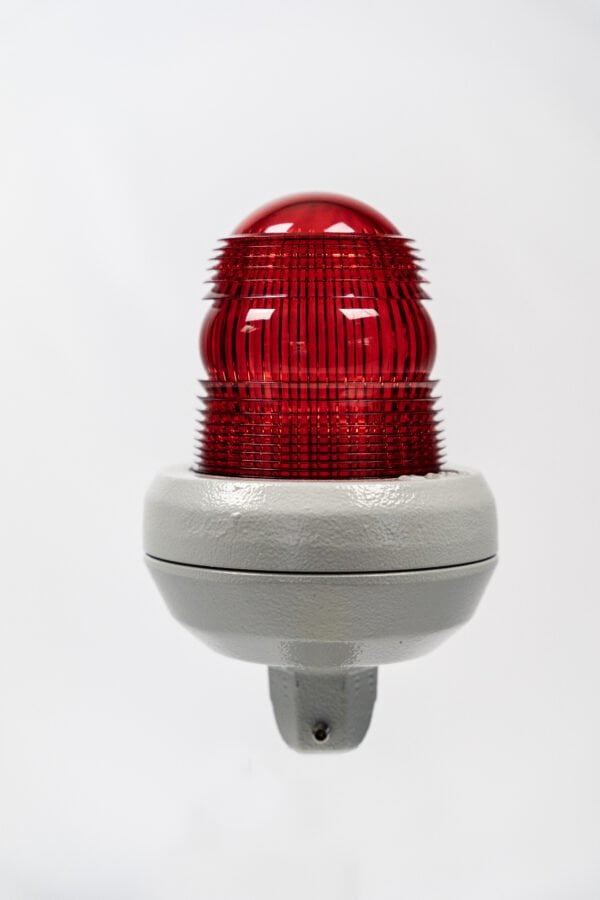
- Intrinsically safe (IS) equipment prevents ignition by limiting electrical and thermal energy.
- Explosion-proof (XP) equipment contains potential internal explosions within a rugged enclosure.
- IS solutions are lightweight and ideal for portable devices in hazardous environments.
- XP solutions are best suited for heavy-duty, stationary equipment in explosive atmospheres.
- Both safety standards are critical in oil & gas, mining, chemical processing, and industrial manufacturing.
What is the Difference Between Intrinsically Safe and Explosion-Proof?
Hazardous environments—such as chemical plants, oil refineries, and underground mines—require specialized equipment to prevent explosions caused by electrical sparks, overheating, or static discharge. Two major safety standards govern such equipment:
- Intrinsically Safe (IS): Limits electrical energy to prevent ignition.
- Explosion-Proof (XP): Uses a rugged enclosure to contain internal explosions.
Both methods serve the same goal—preventing explosions in hazardous areas—but they operate on different principles and suit different types of equipment.
Find Certified Intrinsically Safe & Explosion-Proof Equipment
Choosing the right safety equipment is critical for protecting workers and facilities in hazardous environments.
Explore our selection of ATEX, IECEx & UL-certified devices at Intrinsically Safe Store and ensure your workplace meets industry safety standards.
Stay compliant. Stay safe. Shop now!
Understanding Intrinsic Safety
How Intrinsically Safe Equipment Works
Intrinsic safety limits the energy available in an electrical circuit, ensuring it is too weak to ignite flammable gases, vapors, or dust. Even under fault conditions, an intrinsically safe device cannot produce enough energy to cause an explosion.
This is achieved through:
- Voltage & current restrictions – Preventing sparks.
- Thermal control – Keeping device temperatures below ignition levels.
- Energy-limiting barriers – Regulating power flow to hazardous areas.
Where is Intrinsic Safety Used?
IS protection is ideal for low-power, portable devices, including:
Because IS devices do not require heavy enclosures, they are preferred in applications that require mobility and ease of use.
Advantages of Intrinsically Safe Equipment
- Lightweight & portable – No heavy enclosures required.
- Lower maintenance costs – No need for explosion-proof casings
- Ideal for handheld devices – Common in gas detection and industrial communication.
- Easier certification process – Meets global standards like ATEX, IECEx, and UL.

Understanding Explosion-Proof Equipment
How Explosion-Proof Equipment Works
Explosion-proof (XP) protection does not limit electrical energy like IS. Instead, it contains any explosion that might occur within the device enclosure. If an internal explosion happens, the enclosure prevents flames or hot gases from escaping and igniting the surrounding atmosphere.
XP equipment must be built with:
- Thick-walled enclosures – Withstand internal explosions.
- Flame paths – Slow and cool escaping gases.
- Sealed conduits – Prevent flame propagation through wiring.
Where is Explosion-Proof Equipment Used?
XP protection is required for high-power, stationary devices, such as:
- Control panels & junction boxes
- Heavy-duty motors & generators
- Industrial lighting fixtures
- Switchgear & transformers
Because XP devices rely on robust enclosures, they are best suited for fixed installations in hazardous areas.
Advantages of Explosion-Proof Equipment
- Handles high-power applications – Ideal for industrial machinery.
- More flexible installation – No need for energy-limiting barriers.
- Rugged & durable – Withstands harsh conditions.
- Used in Class I, Division 1 areas – Where flammable gases are frequently present.
Intrinsically Safe vs. Explosion-Proof: Side-by-Side Comparison
| Feature | Intrinsically Safe | Explosion-Proof |
|---|---|---|
| Protection Method | Limits energy to prevent ignition | Contains internal explosion to prevent external ignition |
| Equipment Type | Portable, low-power devices | Fixed, high-power machinery |
| Weight & Size | Lightweight, compact | Heavy, bulky enclosures |
| Certification Process | Requires IS barriers & component testing | Requires enclosure testing |
| Cost | Lower installation costs | Higher due to rugged enclosures |
| Maintenance | Easier to maintain & inspect | More complex inspections & repairs |
| Industry Use | Oil & gas, mining, pharmaceuticals | Manufacturing, heavy industry, refineries |
Which One Should You Choose?
- If you need portable, lightweight devices → Choose Intrinsic Safety.
- If you need heavy-duty, high-power equipment → Choose Explosion-Proof.
Global Certification Standards for IS & XP Equipment
Both intrinsically safe and explosion-proof equipment must meet strict certification requirements to ensure safety in hazardous environments.
Common Certifications
| Certification | Region | Application |
|---|---|---|
| ATEX | European Union | Electrical & mechanical equipment in explosive atmospheres |
| IECEx | International | Global certification for hazardous areas |
| UL (Underwriters Laboratories) | North America | Explosion-proof & IS equipment testing |
| FM (Factory Mutual) | North America | Hazardous location certification |
| CSA (Canadian Standards Association) | Canada | IS & XP compliance for hazardous locations |
Before purchasing equipment, always check for these certification marks to ensure compliance with regional safety regulations.
FAQs About Intrinsic Safety & Explosion-Proof Standards
Is intrinsically safe better than explosion-proof?
Neither is “better”—they serve different purposes. IS is ideal for low-power, portable devices, while XP is used for high-power, stationary equipment.
Can a device be both intrinsically safe and explosion-proof?
No, a device is either intrinsically safe or explosion-proof. However, a facility may use both types of equipment in different areas.
Which industries require IS or XP certification?
IS is common in oil & gas, mining, and pharmaceuticals, while XP is used in manufacturing, refineries, and industrial plants.
Is ATEX the same as IECEx?
No. ATEX is mandatory in the EU, while IECEx is an international standard. Many companies certify equipment under both standards for global compliance.
How do I know if my equipment is IS or XP certified?
Check the certification labels on the device. Look for ATEX, IECEx, UL, FM, or CSA markings to verify compliance.






